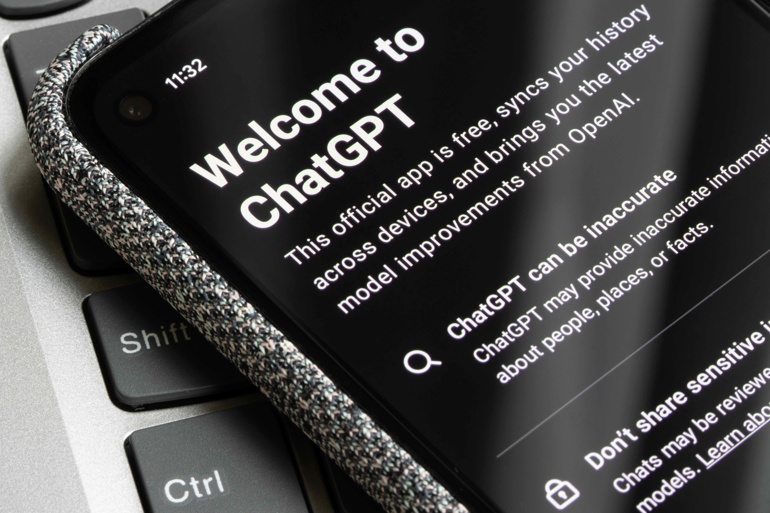ChatGPT
It feels as if ChatGPT has been on the scene for ages now, but the earliest demo was only released a couple of years ago, in November 2022, by OpenAI. OpenAI was founded in 2015 in an effort to create advanced AI that would benefit society and have produced several iterations of ChatGPT. When it was released, it quickly became a viral sensation as people tried it out and shared its capabilities. It became apparent that this new tech could forever change the way we communicate.
The rise of ChatGPT and other AI tools like Claude has signalled a clear shift. What was once seen as experimental tech is now accessible to anyone with an internet connection. In 2023, AI-powered content creation tools were integrated into popular software like Microsoft Office and Adobe Creative Suite, putting this technology in the hands of everyone creating public content.
Why AI content creation is taking off
AI’s rise in content creation is tied to its ability to address three key demands; speed, scalability and personalisation.
Speed: AI can produce article ideas and drafts much quicker than we can, saving hours of hard work for journalists, bloggers, social media creators, copywriters, etc. This level of efficiency has proven to be invaluable for businesses with a high volume of copy output.
Scalability: AI enables teams to scale their operations. Instead of hiring a bigger team or outsourcing work, an AI tool can help a team produce massive volumes of content, with minimum disruption, sticking to consistent style and tone.
Personalisation: AI tools can create content for specific, unique audiences by analysing data patterns. For example, AI chatbots can generate customised responses to customer/user queries, improving customer experience.
The future of media
As AI becomes more sophisticated, its impact on media consumption and creation is likely to deepen further, and here’s how.
Democratisation of creativity
AI is making creativity more accessible than ever; you don’t necessarily need advanced design skills or technical expertise to produce engaging content. This opens the door for people and businesses of all sizes to create decent content.
For example, small businesses can use tools like Canva’s AI text-to-image feature or ChatGPT to put together marketing campaigns without shelling out loads of money for employees and resources. Aspiring writers can use AI to get past writer’s block, and educators can develop engaging lesson plans faster.
Collaboration with AI
A lot of us worry about AI replacing us in our professional roles, but it seems like more people are grasping the concept of collaborating with these tools, instead of feeling threatened by them. Writers can use generative AI to brainstorm ideas or refine drafts, while designers might rely on AI tools to experiment with concepts. This partnership between human creativity and AI efficiency can lead to exceptional work.
Shaping media consumption
AI algorithms are already influencing how we consume media. Platforms like Spotify and Netflix are using AI to recommend content tailored to individual preferences. Generative AI could take this further by dynamically generating personalised content, like film or story that adapts based on your input.
Newsrooms are experimenting with AI to summarise complex topics. While this raises concerns about the authenticity of information, it also offers the possibility of making news more accessible to diverse audiences.
Challenges ahead
Despite its promise, AI content creation is not without challenges. Concerns about misinformation are probably the most prevalent. AI tools are known to sometimes generate false or misleading information, raising ethical questions about how these tools should be regulated.
There’s also the issue of job displacement. As AI tools become more capable, some roles traditionally held by humans may disappear entirely. However, it’s likely that AI will ultimately create more opportunities by automating the repetitive tasks that we hate doing, allowing us to focus on higher-level, strategic work.
Lastly, authenticity remains a pressing concern. Distinguishing between human-created and AI-generated material could become increasingly difficult, potentially diluting already shaky trust in online media.
Embracing the future
The future of AI in content creation is one of collaboration and potential. Rather than fearing it, creators should view AI as a tool to streamline workflows and explore uncharted creative territory.
As we move forward, the challenge will be to use AI responsibly, ensuring it complements our creativity rather than overshadowing it. Whether you’re a marketer, developer, or educator, now is the time to embrace AI as your professional partner.
Header image credit: Tada Images - stock.adobe.com

